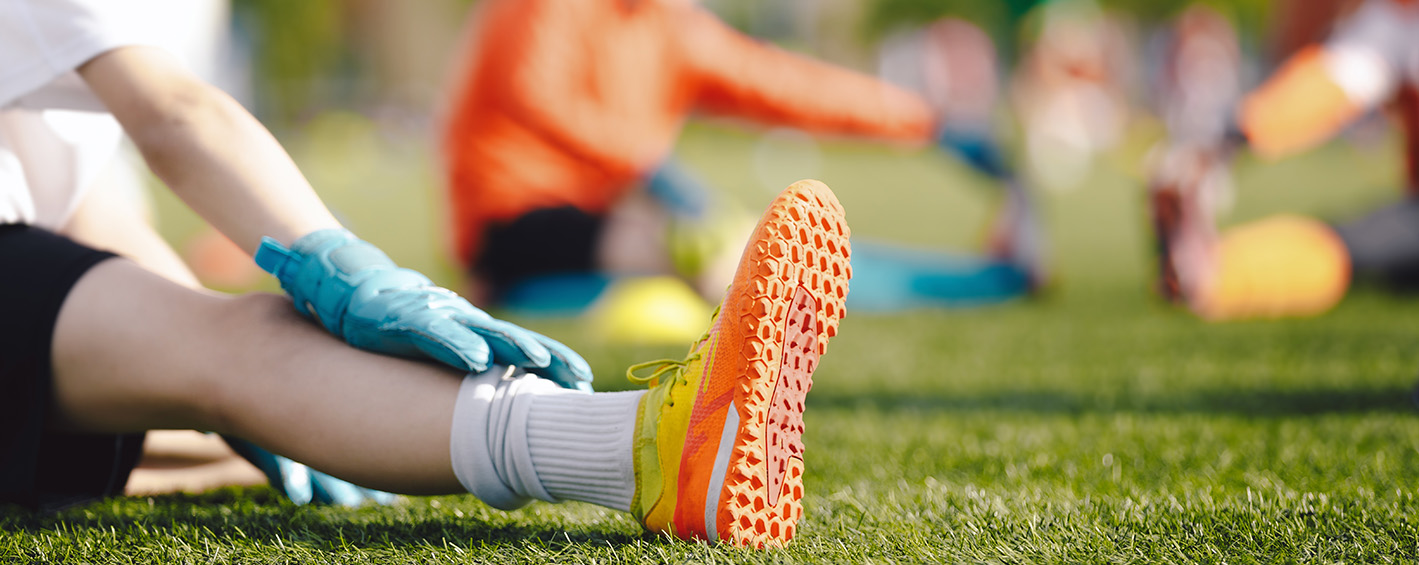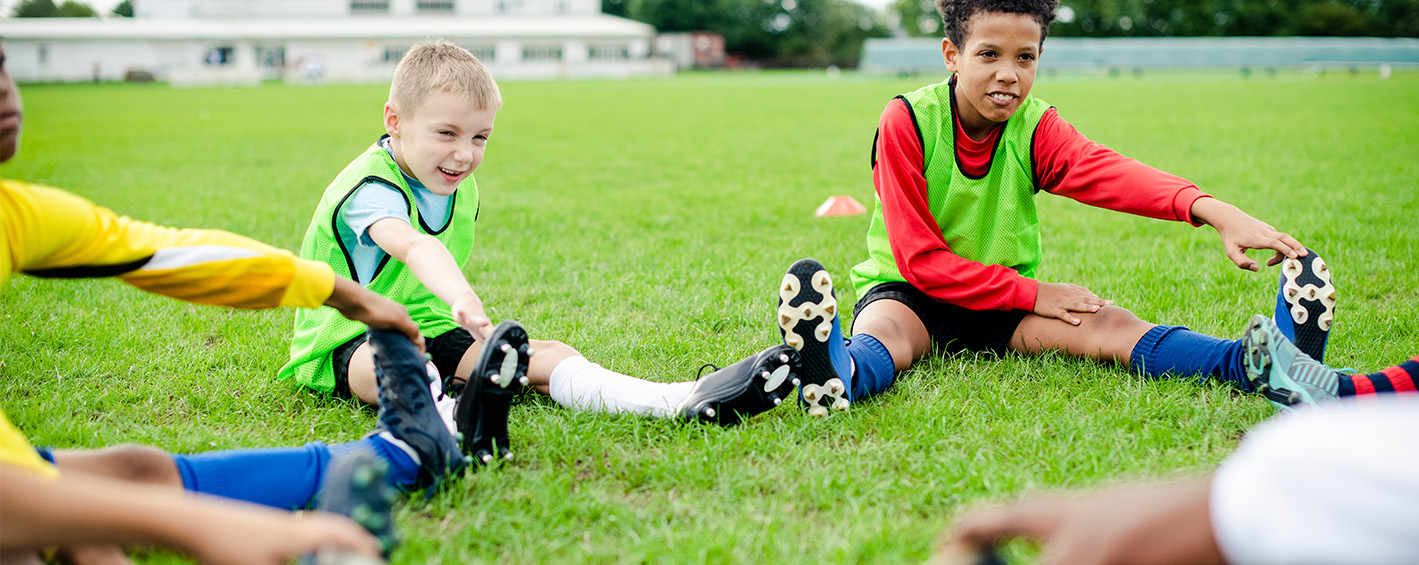Share it
Warming up is essential for youth players in soccer to prepare their bodies for the physical demands of training and matches. Don't let your players start training or matches before their bodies are properly warmed up and ready for the rigours ahead.

I like my players to get straight into warming up themselves when they arrive at training or matches, they shouldn't need me to tell them to do it. Of course it takes a few weeks at the beginning of the season to get them used to getting together and working on their stretches but once they get into the swing of it they are pretty good at doing it.
My basic workout for them starts with dynamic stretching exercises. Incorporate movements that mimic soccer actions, such as leg swings, high knees, and lateral lunges. Dynamic stretching improves flexibility, increases blood flow, and enhances muscle activation this helps boost performance and minimise injury.
They would then set up a few cones to do shuttle sprints and cone drills that improve coordination, balance, and quickness, enhancing players' ability to change direction rapidly and react effectively during the game.
This is followed by a three cone pass and control exercise where the players are using passing, and receiving drills to enhance their touch, control, and familiarity with the ball.
I would then move them into some simple Rondo style games like 4v1 or 4v2 which again they can set up themselves. These games promote decision-making, communication, and help players work together on game related activities.
So when you are thinking about your warm up you want to include most if not all of the activities mentioned and with older age groups you can use sprints and jumping exercises to boost their physical performance.

Top Ten Warm-up Activities:
- Jogging and Dynamic Stretching: Start with light jogging to elevate heart rate, followed by dynamic stretching exercises like walking lunges, high knees, leg swings, and arm circles to mobilize the muscles.
- Shuttle Runs: Set up a series of cones or markers at different distances and have players perform shuttle runs between them. This helps improve acceleration, speed, and change of direction.
- Agility Ladder Drills: Lay down an agility ladder on the ground and have players perform various footwork exercises such as quick feet, side shuffles, and zig-zags. This improves coordination and agility.
- High-Intensity Interval Training (HIIT): Incorporate short bursts of intense exercises like sprinting, burpees, or jumping jacks followed by brief periods of rest. HIIT improves cardiovascular endurance and prepares players for the game's intensity.
- Passing and Receiving: Organize a small-sided passing drill where players pass and receive the ball in a controlled manner. This helps improve their ball control, passing accuracy, and decision-making skills.
- Small-Sided Games: Divide the players into small teams and have them play small-sided games. This not only warms them up physically but also enhances their game understanding, teamwork, and decision-making under pressure.
- Shooting Practice: Set up shooting drills where players take shots on goal from different angles and distances. This activity improves their shooting technique, accuracy, and confidence in front of the goal.
- Cone Dribbling: Set up a course with cones and have players dribble the ball around them using different techniques like inside/outside of the foot, sole, and cuts. This improves their dribbling skills and close ball control.
- Plyometric Exercises: Include exercises like jump squats, box jumps, and lateral bounds to develop explosive power and strengthen leg muscles. However, ensure that the players have proper form and are physically ready for these exercises.
- Cool Down: Finish the warm-up session with a light jog or cool-down exercises like static stretching to gradually lower heart rate and prevent muscle stiffness.

It's important to adjust the intensity and duration of the warm-up activities based on the age and fitness level of the players. Additionally, ensure that the warm-up is enjoyable and engaging to keep the players motivated and excited for the training or match ahead.